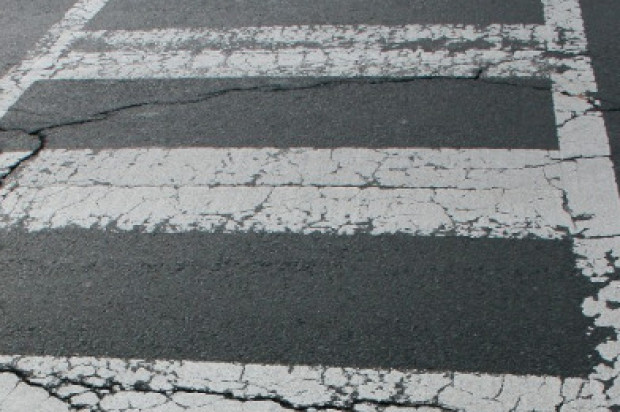
San Francisco has made progress toward improving pedestrian safety and walkability but has failed to meet its goals for reducing the number of people killed or severely injured while walking, according to a report released today by a pedestrian advocacy group.
Walk San Francisco’s “Street Score 2015: Annual Report Card on Walking” tracks how the city is meeting goals laid out in the Mayor’s 2013 Pedestrian Strategy, a comprehensive list of goals which aimed to cut pedestrian deaths and serious injuries by half in 2021, increase walking for short trips and improve overall walkability.
“We can’t measure what we don’t count,” said Nicole Ferrara, executive director of Walk San Francisco.
Using progress from 2014, the report found the city has exceeded some key goals such as installing 23 countdown signals, six more than the original projected goal.
Last year the city also installed 23 pedestrian refuge islands, 13 more than the goal, and 84 bulbouts, 74 more than projected.
Additionally, the city lowered speed limits by 5 miles per hour along 3.4 miles of city roadway and 1,479 curb ramps were made accessible to people with disabilities, 170 more than originally proposed.
The report also cited the city’s Safe Routes to School program, which increased the number of schools participating by 150 percent and has seen the highest percent of children walking in the city since the program’s inception in 2010.
Furthermore, the report identified areas where the city had fallen short of its published goals. That includes the number of people who were severely injured or killed by traffic while walking in San Francisco.
The original goal was to have as few as 82 severe and fatal injuries in 2014, however 96 people either died or sustained serious injuries in 2014, Walk SF officials said.
The report also found the city had not met its goal of lowering the percentage of total pedestrian deaths, including seniors. People over 65 years of age account for nearly half of traffic deaths, but make up less than 20 percent of the city’s population, according to the report.
Another area where the city did not meet its goals was in the implementation of plans to bring more greenery and sidewalk space to city streets, Walk SF officials said.
According to Walk SF, the city can make improvements to advance toward a Vision Zero, a policy adopted by city officials in 2014, which aims to have zero traffic related deaths in San Francisco by 2024.
Recommendations include regularly monitoring and evaluating engineering projects and their impact on pedestrian safety; investing in a comprehensive walking program for senior citizens; capitalizing on opportunities to improve walkability when making safety improvements to a street; pursuing critical state legislation to address specific local safety needs and focusing on taming the most lethal traffic behaviors along the most dangerous streets.
By adopting the recommendations, the city could become the top walking city in the country, Walk SF officials said. Additionally, they stressed that strong executive leadership and departmental leadership will be required to make the goals of the Pedestrian Strategy and Vision Zero a reality.
Daniel Montes, Bay City News









